What is Friction Stir Welding (FSW)? | Abaqus FSW
Friction Stir Welding (FSW) is a solid-state welding process used to join two pieces of metal together. It was developed in the 1990s by The Welding Institute (TWI) and is considered a significant advancement in modern welding technology. In friction stir welding, a cylindrical tool with a specially designed shoulder and pin is rotated and plunged into the joint between the two metal pieces. The rotation and downward pressure generate heat through friction, softening the material without reaching its melting point. As the tool moves along the joint, it stirs the softened material, forming a solid-state bond. This welding technique is particularly suitable for joining materials that are difficult to weld using traditional fusion welding methods, such as aluminum, copper, and certain high-strength alloys. It produces welds with remarkable mechanical properties, including high strength, excellent fatigue resistance, and reduced distortion compared to conventional welding techniques.
Friction stir welding offers several advantages over traditional welding methods. It eliminates the need for filler materials, reduces the risk of defects like porosity or solidification cracks, and produces welds with excellent consistency and repeatability. It also offers improved joint efficiency and can be used to weld materials with different thicknesses or dissimilar metals.
FSW has found applications in various industries, including automotive, aerospace, shipbuilding, and rail transportation. It is commonly used for fabricating structures, panels, and components that require high integrity, lightweight design, and enhanced mechanical properties.
Workshop 1: Steel-Aluminum Plate Friction Stir Welding Simulation
This tutorial includes a comprehensive video that demonstrates the Friction Stir Welding process in a detailed manner, accompanied by CAE data. In the analysis, Eulerian elements were utilized for Steel and Aluminum plates, while a Lagrangian element was employed for the tool. Throughout the analysis, the temperature distribution in both workpieces can be observed. The images provided in the document depict various stages of this process. It is evident that the temperature undergoes changes as the tool moves and rotates, with the Aluminum plate exhibiting higher temperatures compared to the Steel plate due to variations in their thermal properties.
Workshop 2: Aluminum Plates Friction Stir Welding Simulation using Eulerian approach in Abaqus
The FSW (Friction Stir Welding) problem encompasses challenges related to significant material deformation and heat transfer. In this study, a coupled Eulerian Lagrangian (CEL) model was developed using the Abaqus environment to simulate the two phases of the FSW process: plunging and welding. This file contains a step-by-step CAE and English video demonstrating the FSW of two Aluminum plates. During the analysis, the tool moves and rotates within the plates, generating heat. Friction stir welding is a solid-state welding technique that is highly regarded for its ability to join metals and alloys with diverse physical, chemical, and mechanical properties. The FSW process is intricate, involving the interaction of thermal and mechanical phenomena, such as extensive material deformation around the pin tool and substantial heat flow. By utilizing finite element modeling (FEM) of the FSW process, a deeper understanding of the impact of process parameters on the welding process and the properties of the weld seam can be achieved. Presently, FSW finite element models can be categorized into three types: thermal models, thermo-mechanical non-flow-based models, and thermo-mechanical flow-based models.
Workshop 3: Friction stir welding simulation of two Steel plates in Abaqus
The FSW (Friction Stir Welding) problem is a complex phenomenon involving material deformation and heat flow. In this study, a coupled Eulerian Lagrangian (CEL) model was developed using the Abaqus environment to simulate the welding phase of the FSW process. By employing finite element modeling (FEM) of the FSW process, a deeper understanding of how process parameters affect the welding process and the properties of the weld seam can be obtained. Currently, FSW finite element models can be categorized into three types: thermal models, thermo-mechanical non-flow-based models, and thermo-mechanical flow-based models. In flow-based models, traditional Lagrangian elements may experience significant distortion, potentially leading to a loss of accuracy in the results. To mitigate this issue, several modeling techniques are often utilized, such as adaptive re-meshing and Arbitrary Lagrangian Eulerian (ALE) methods. Flow-based models are developed using computational fluid dynamics (CFD). However, one limitation of CFD simulations is their inability to incorporate material hardening, as they typically assume rigid-viscoplastic material behavior. This file contains a CAE and English video showcasing the step-by-step FSW process of two Steel plates. During the analysis, the tool moves and rotates within the plates, generating heat.
Workshop 4: Friction stir welding simulation using SPH method
Friction stir welding (FSW) is rapidly gaining popularity as the preferred method for joining aluminum alloys. This solid-state process allows for the creation of high-quality welds with impressive efficiency. Unlike conventional fusion welding techniques that involve melting and solidification, FSW avoids many types of defects due to its solid-state nature. However, depending on the chosen process parameters, FSW joints can still exhibit volumetric defects that can compromise the overall strength of the joint. This video focuses on simulating Friction Stir Welding using the Smoothed Particle Hydrodynamics (SPH) method in Abaqus, specifically in the context of thermal analysis. Since Abaqus does not directly support the coupling of SPH elements with temperature degrees, modifications were made to apply temperature to these elements. The analysis consists of three steps, each involving changes in stress and temperature.
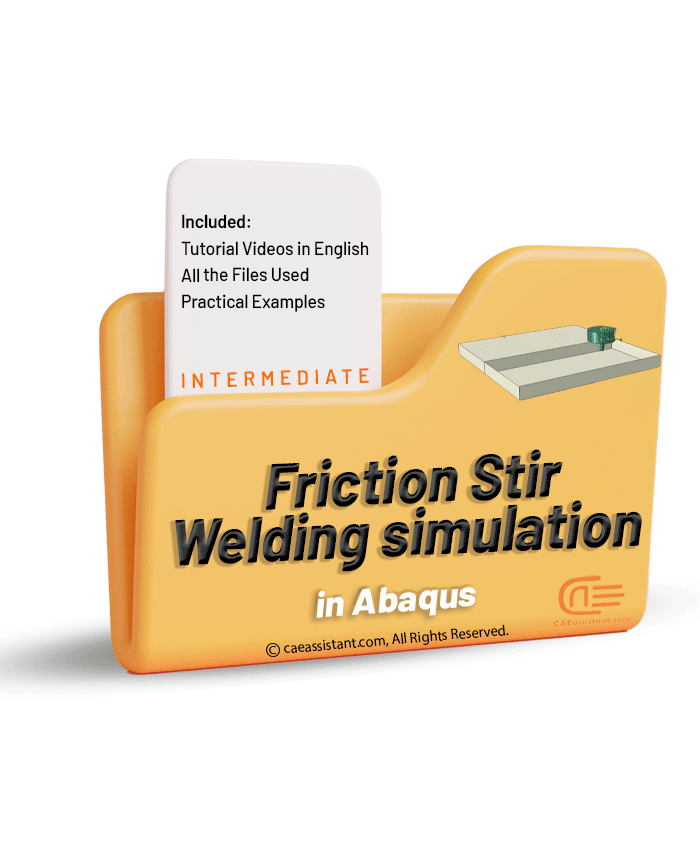
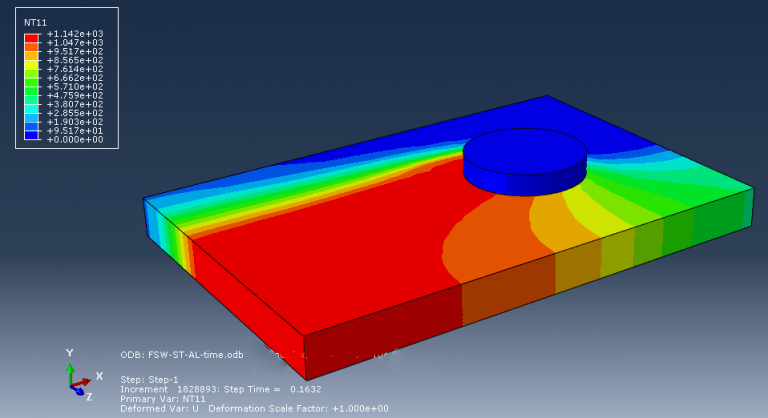
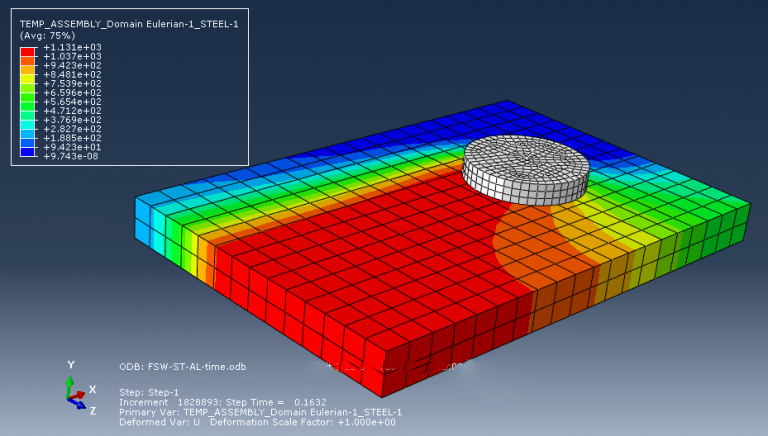
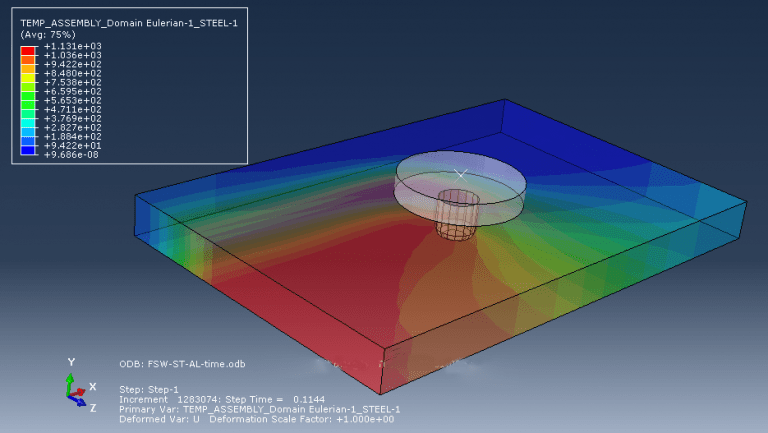
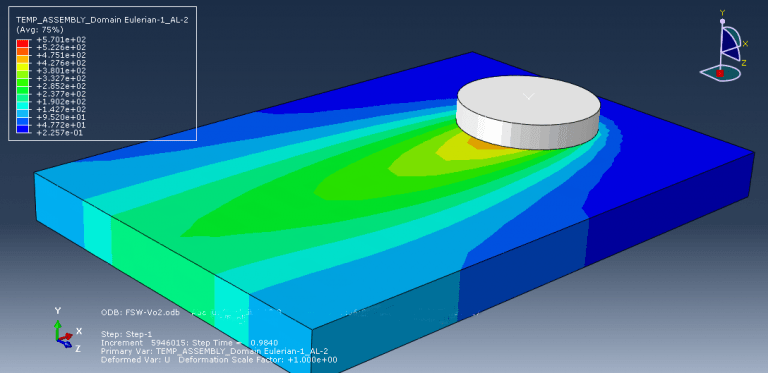
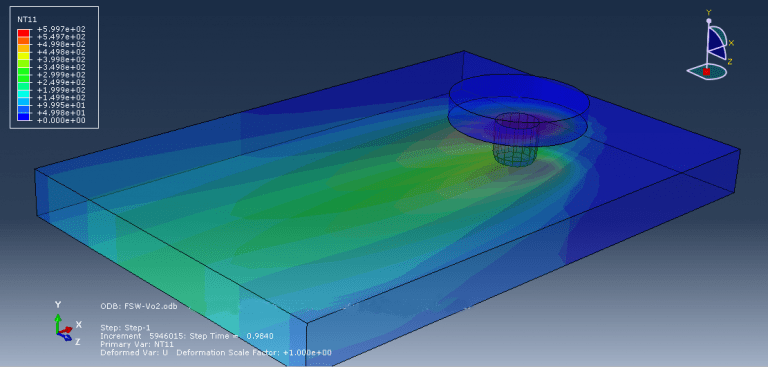
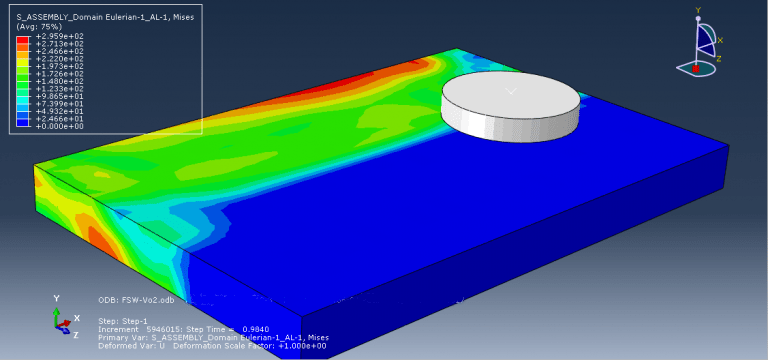
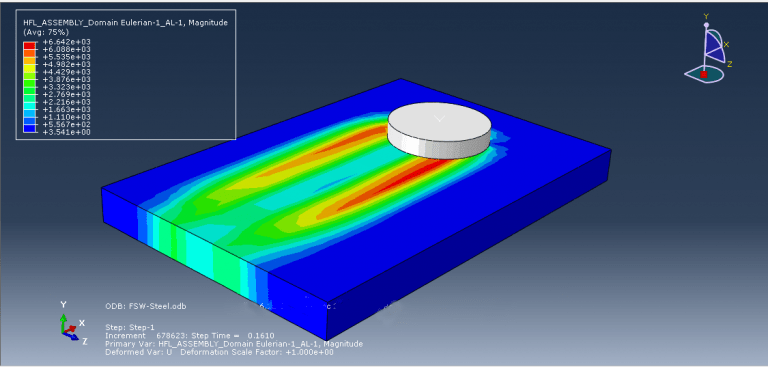
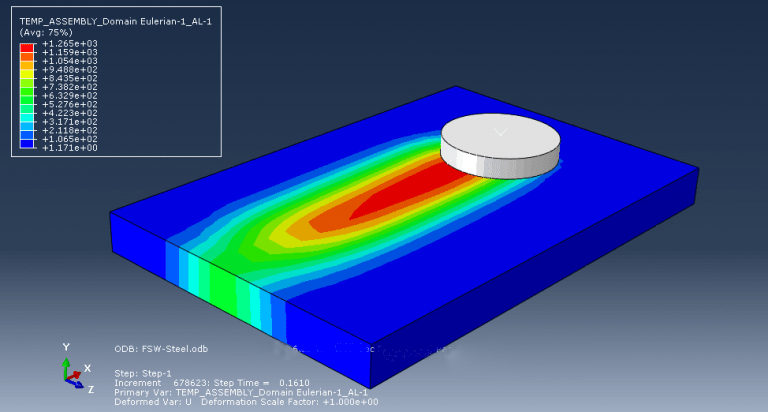
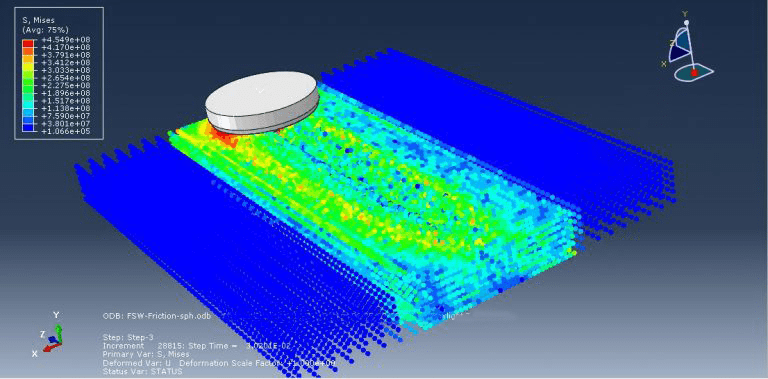
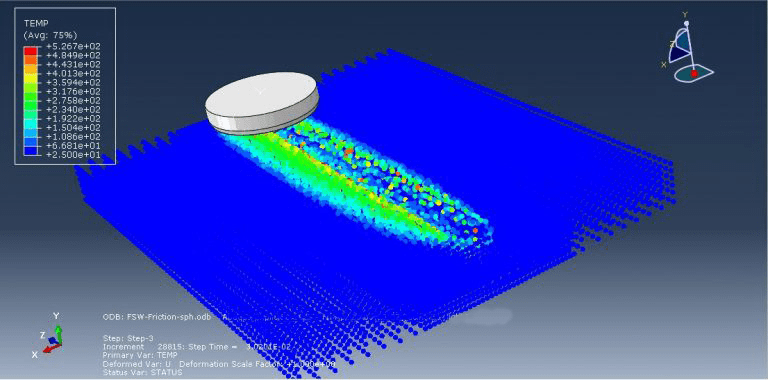
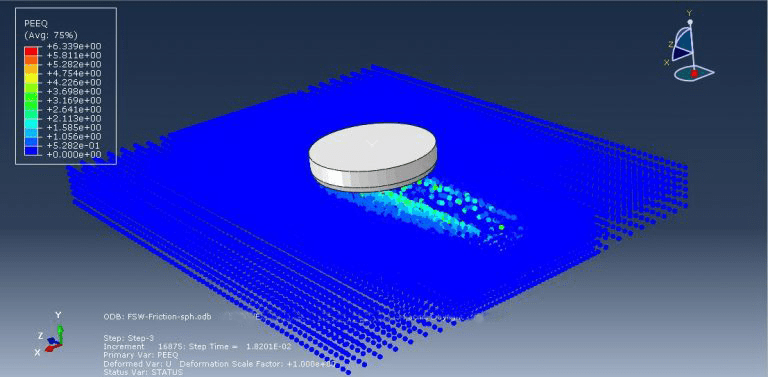
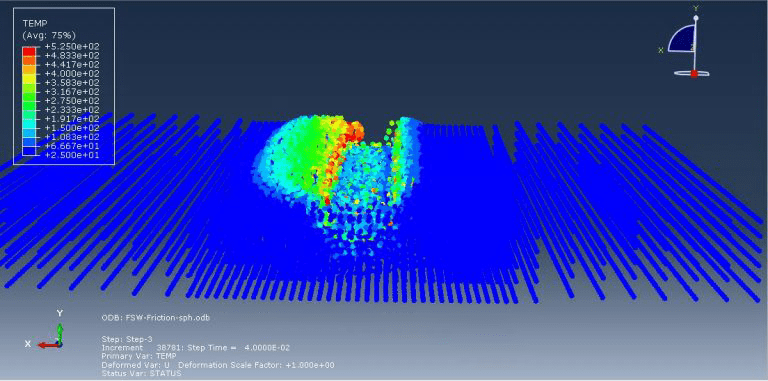
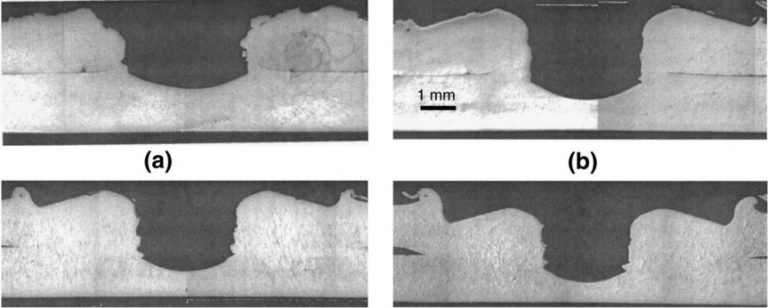
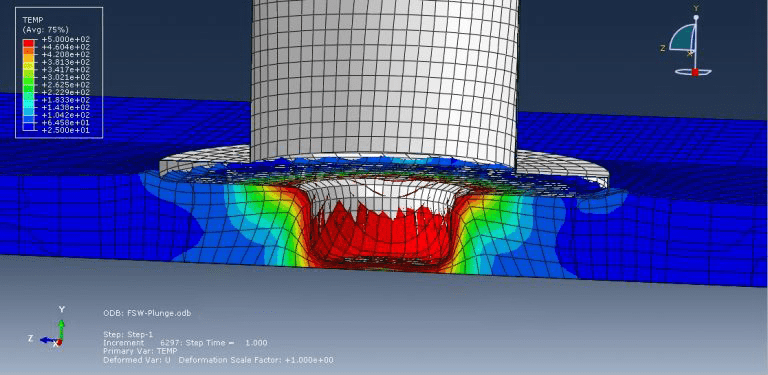
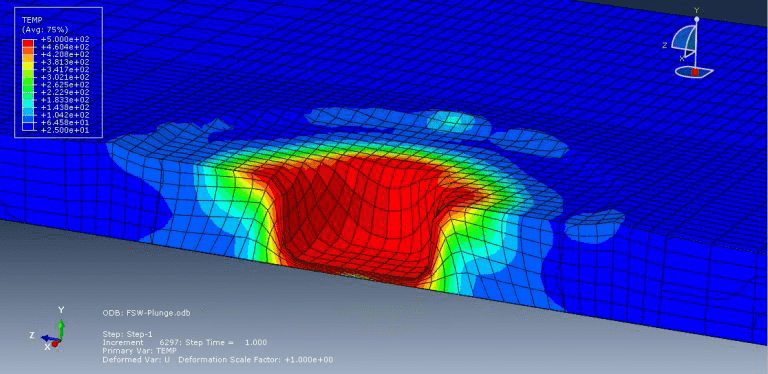
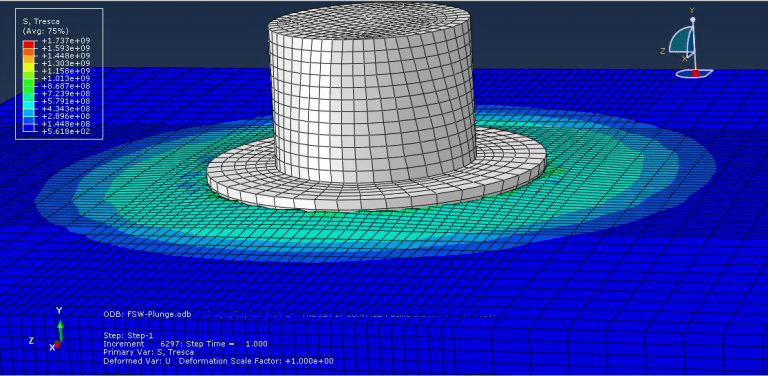
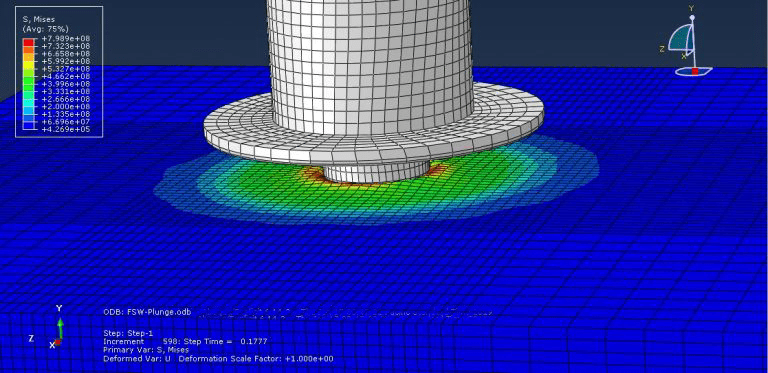
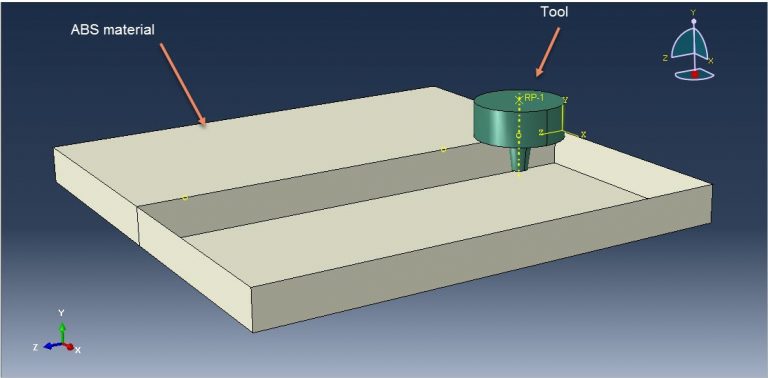
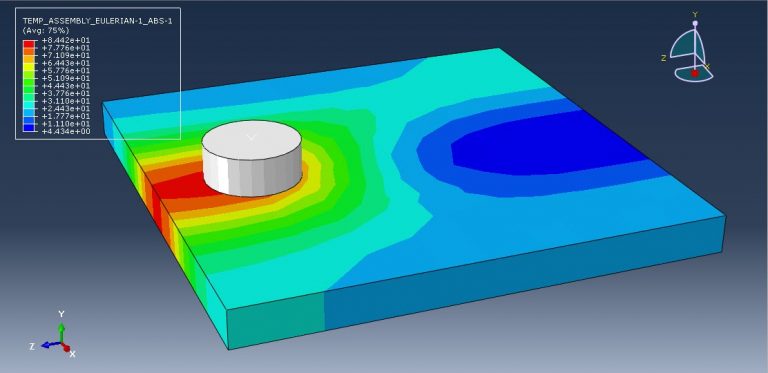
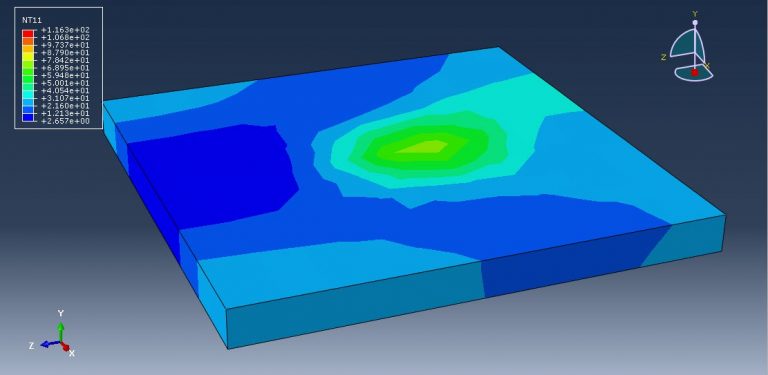
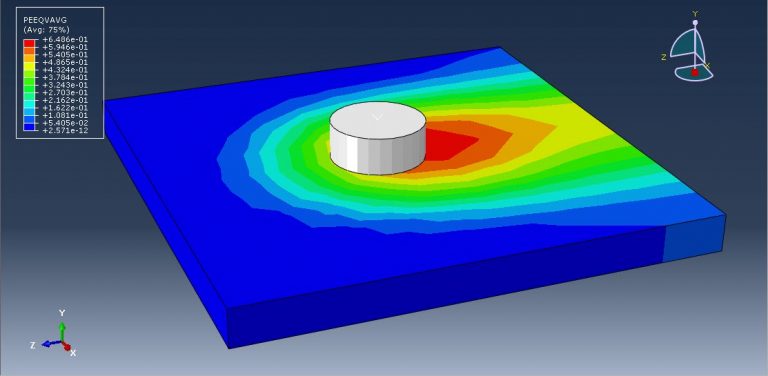
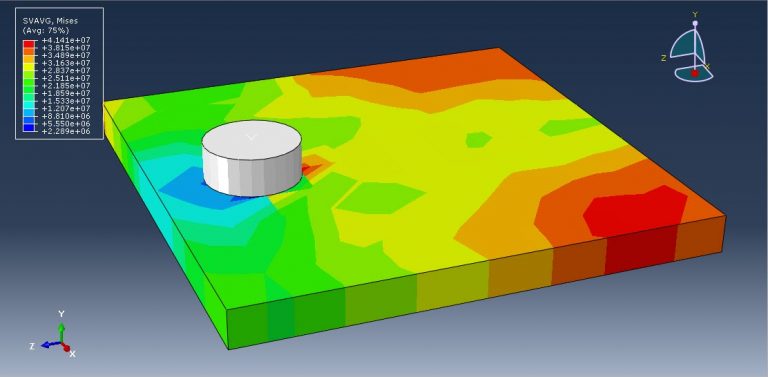
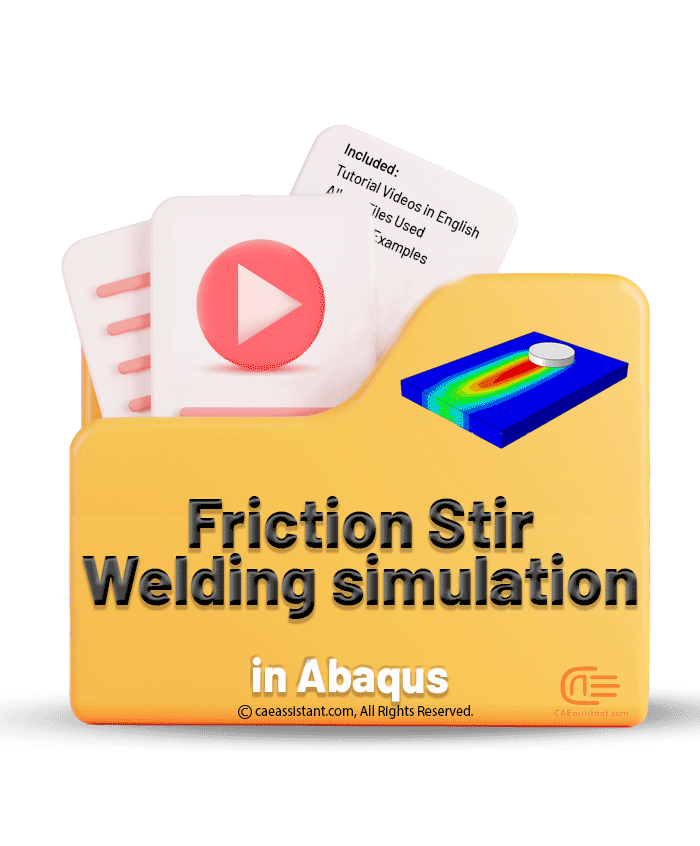
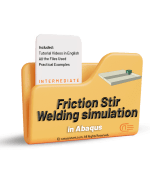






















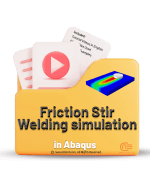

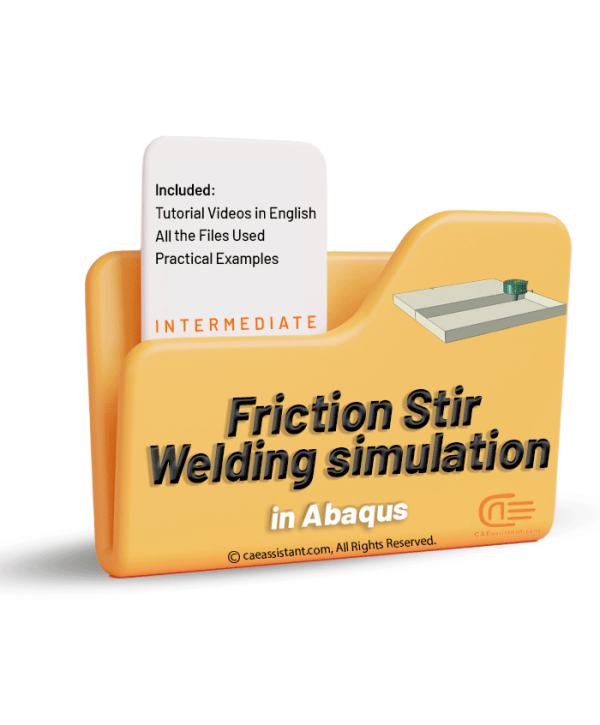
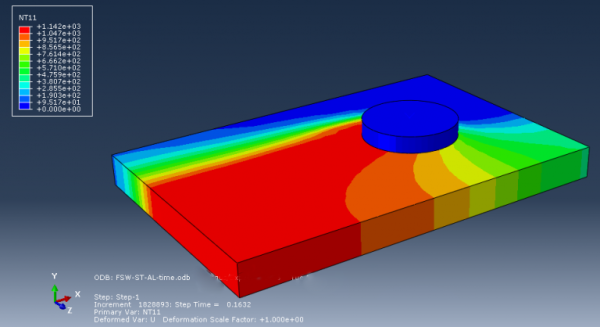
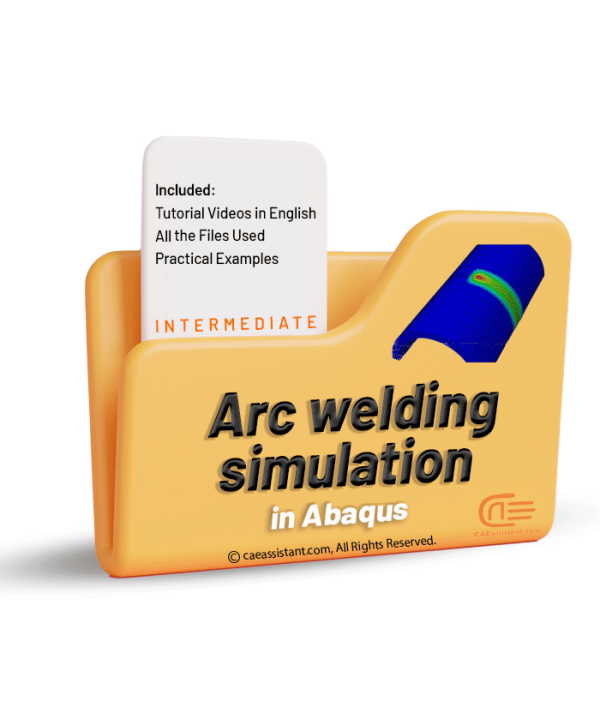
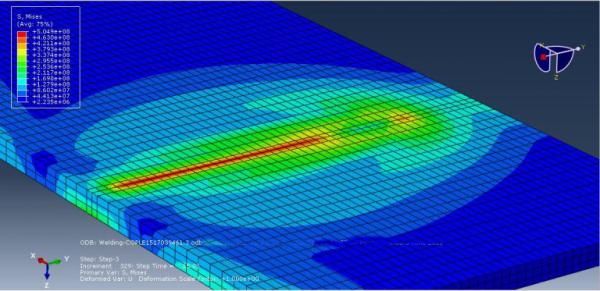
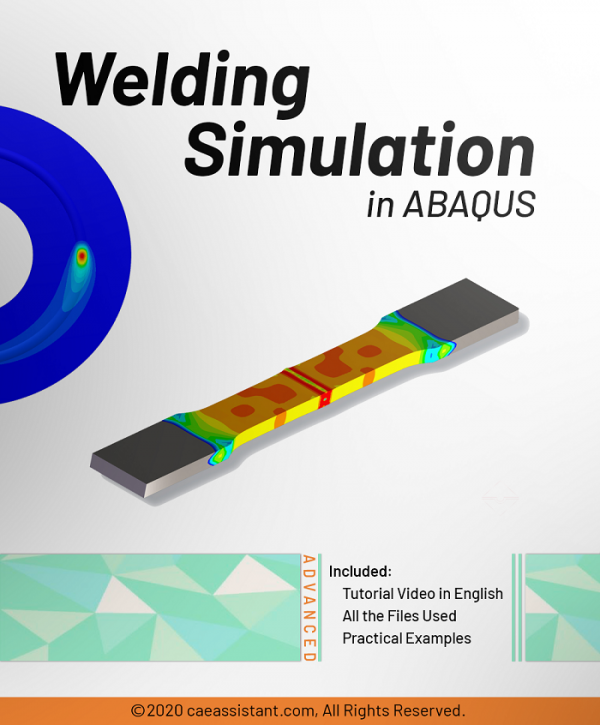
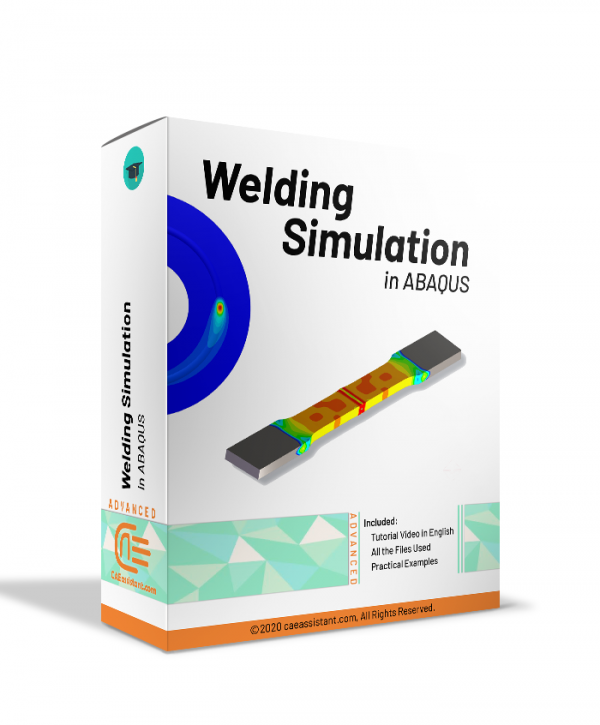
Francesca –
Does this tutorial package include comprehensive materials and guidance that will allow me to become familiar with friction stir welding simulation in the Abaqus software and use it in real projects? Will this package help me obtain more accurate results regarding residual stresses, deviations, and weld quality in the friction stir welding process?
Experts Of CAE Assistant Group –
Exactly, it does. It has some courses with step by step guideline to simulate in Abaqus
Elizabeth Rivas –
I would like a receipt emailed to me in Dollars. It is in Euros.
Experts Of CAE Assistant Group –
We have sent to you the receipt in Dollars. Please check your inbox